Choosing the right bugout vehicle is one of the most critical steps you can take to prepare for an emergency. A well-chosen vehicle can mean the difference between a smooth evacuation and getting stranded when it matters most. Whether you’re preparing for natural disasters, power outages, or civil unrest, your bugout vehicle needs to be durable, reliable, and well-equipped. In this guide, I’ll walk you through what to look for in a bugout vehicle, covering everything from fuel efficiency to cargo space. By the end, you’ll know exactly what kind of vehicle can keep you and your loved ones safe, no matter what comes your way.
1. Prioritize Reliability and Durability
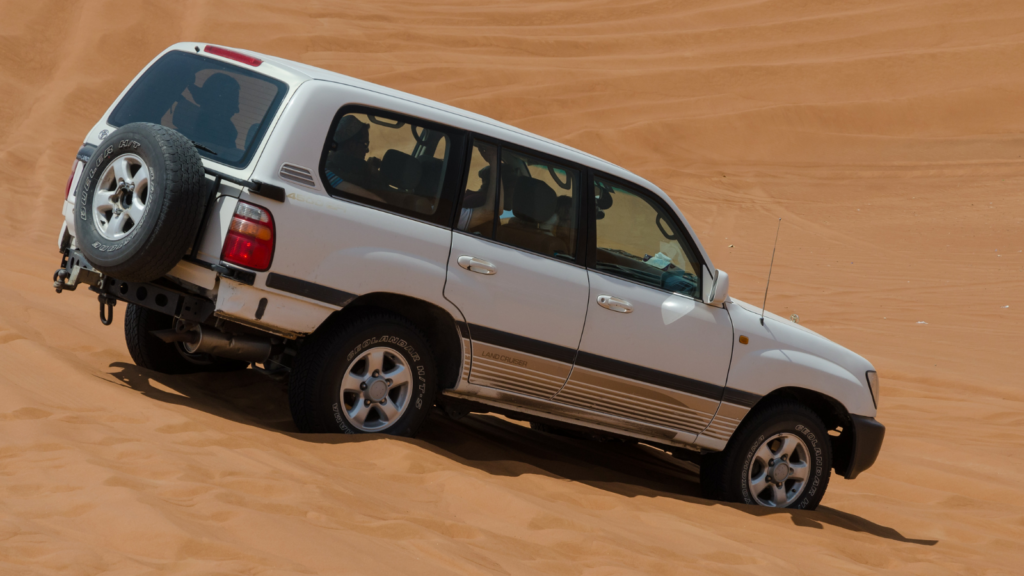
When it comes to a bugout vehicle, reliability and durability are non-negotiable. In an emergency, you’ll want a vehicle that can take a beating, whether from rough terrain or long drives without service. Look for vehicles with a proven track record for longevity and low maintenance requirements. Models like the Toyota Land Cruiser or Ford F-150 have a history of enduring harsh conditions and should be on your shortlist.
2. Choose a Fuel-Efficient Option
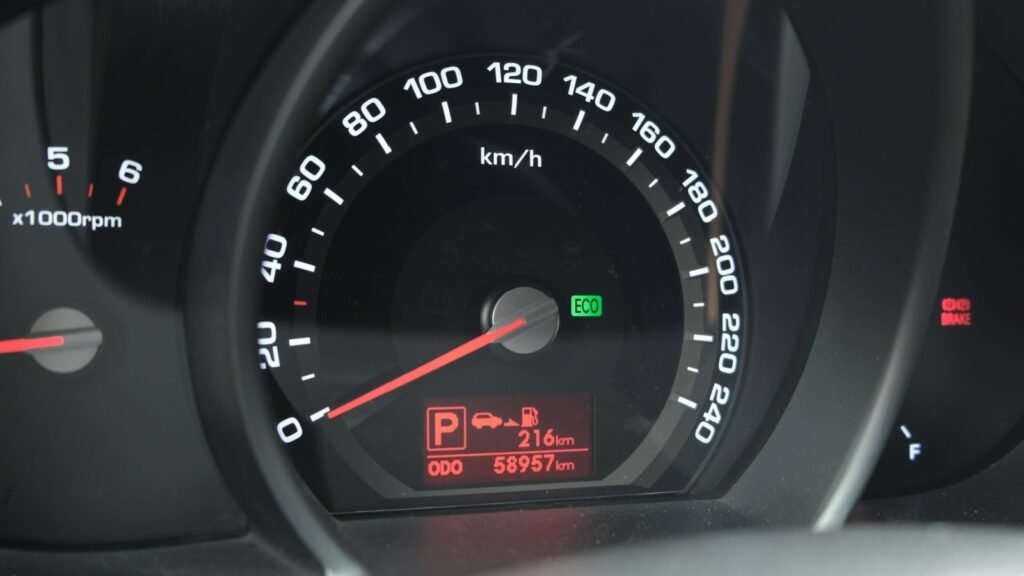
Fuel efficiency is critical when you’re on the move and gas stations may be few and far between. While large trucks and SUVs offer more space and power, they can be gas guzzlers. Consider vehicles that strike a balance between size and fuel economy, like a diesel engine truck or a hybrid SUV. Diesel engines typically offer better fuel economy and longer driving ranges than gasoline engines, which can make all the difference in an extended emergency.
3. Look for High Cargo Capacity
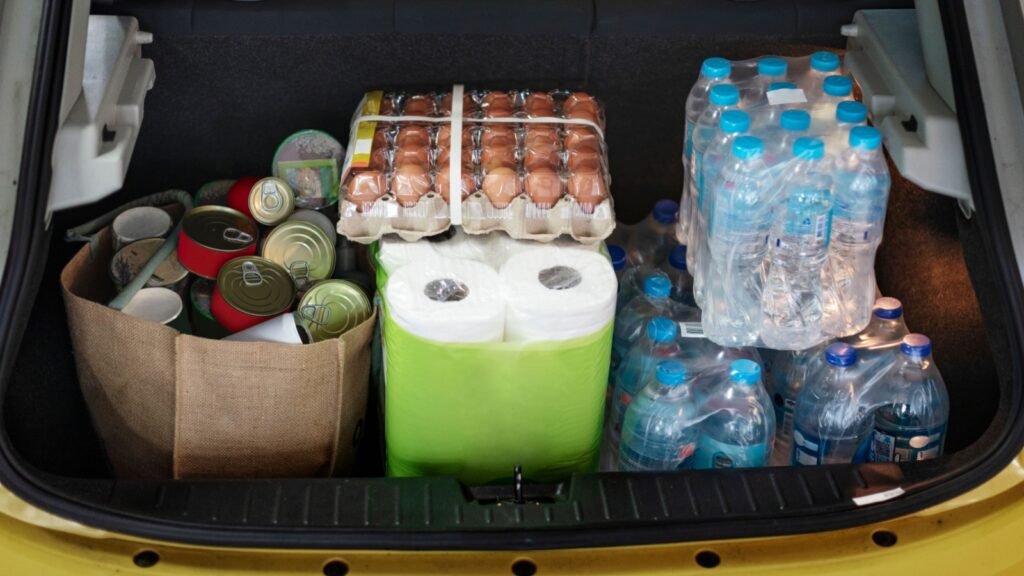
In a bugout scenario, space is essential. Your vehicle needs enough cargo capacity to carry food, water, medical supplies, tools, and any other essentials you might need. Vehicles with foldable or removable seats offer flexibility to maximize space. Roof racks and trailers can also increase cargo space, making it easier to store your gear without cramping the main cabin.
4. Go for Off-Road Capability
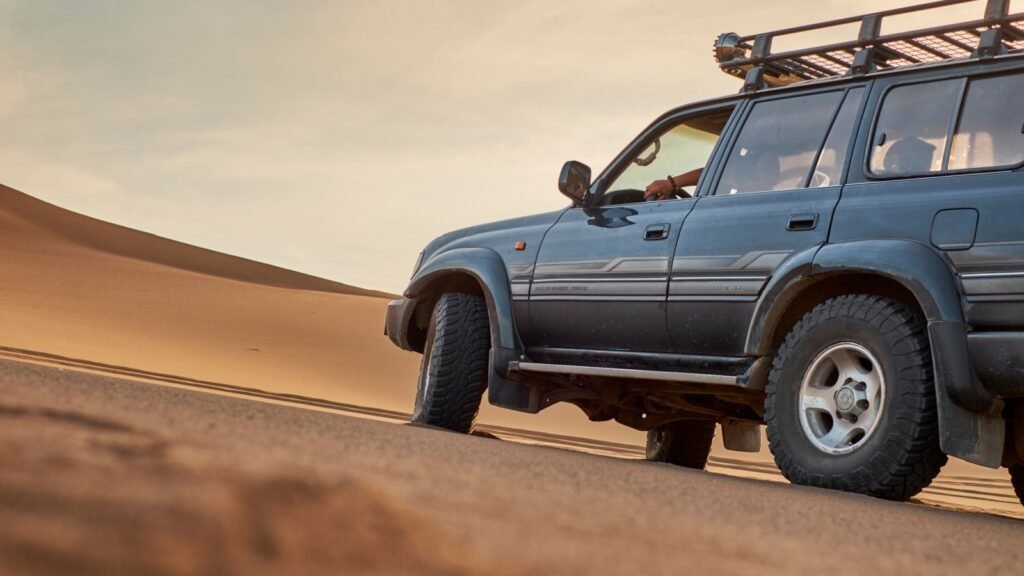
Bugout situations can take you off the beaten path, so off-road capabilities are a big plus. Look for features like four-wheel drive (4WD) or all-wheel drive (AWD) and high ground clearance to navigate rough or uneven terrain. Vehicles like the Jeep Wrangler or Subaru Outback offer strong off-road performance, allowing you to travel through unpaved roads, mud, or snow when necessary.
5. Opt for Simple Technology
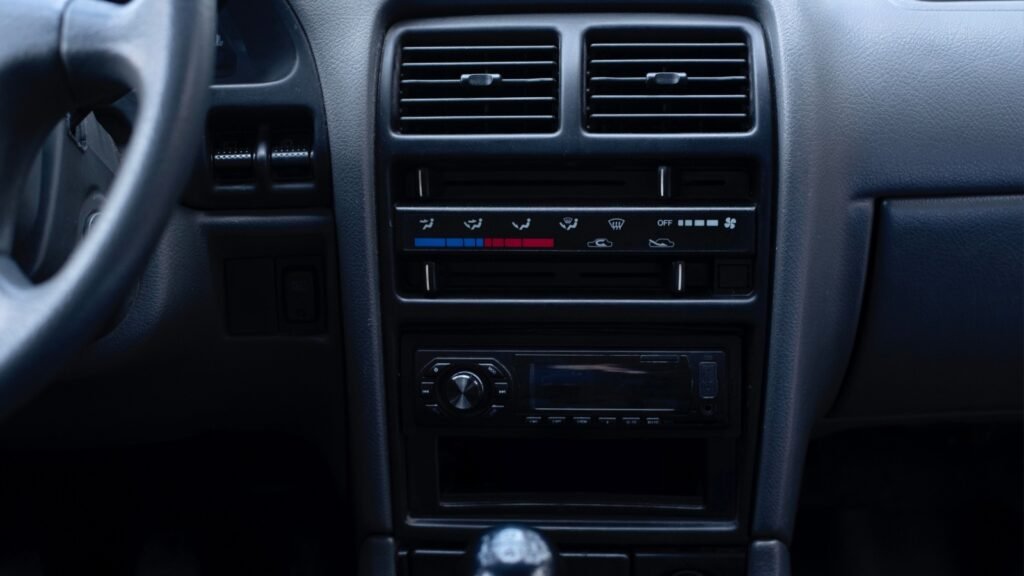
Advanced vehicle technology can be convenient, but it also increases the risk of something going wrong in a high-stress situation. Choose a bugout vehicle with basic, easy-to-fix features that won’t break down easily. Avoid vehicles with too many digital and electronic components, as these can be hard to repair without specialized tools or mechanics. Instead, prioritize simplicity and dependability.
6. Consider Accessibility of Replacement Parts
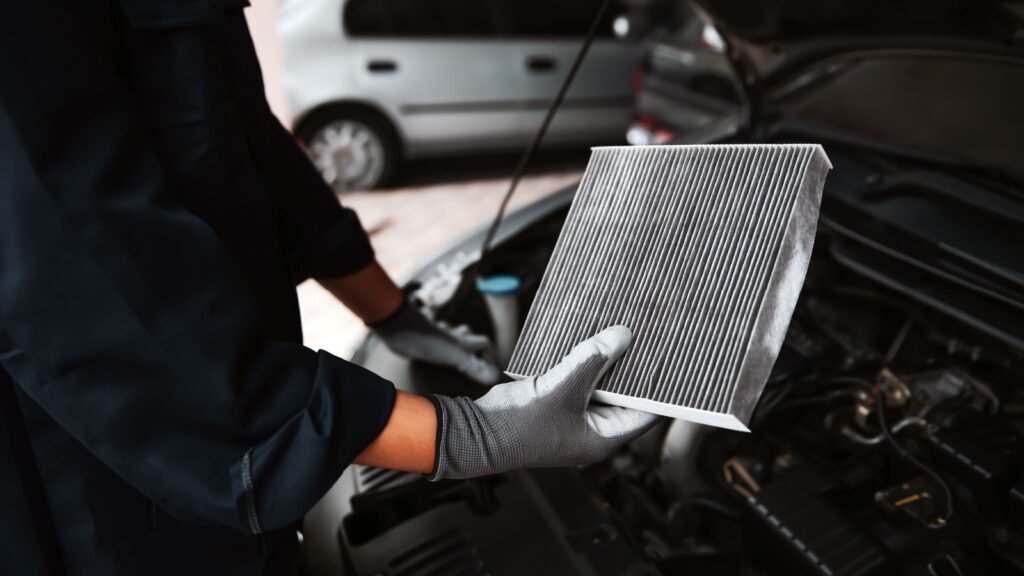
Having a vehicle with accessible, affordable replacement parts can save you a lot of trouble in an emergency. Vehicles from major brands with widely available parts, like Ford or Toyota, are often easier and cheaper to repair. Research the availability of parts for any vehicle you’re considering so that, if repairs are necessary, you won’t be stuck waiting for hard-to-find components.
7. Evaluate Storage Options for Extra Fuel and Water
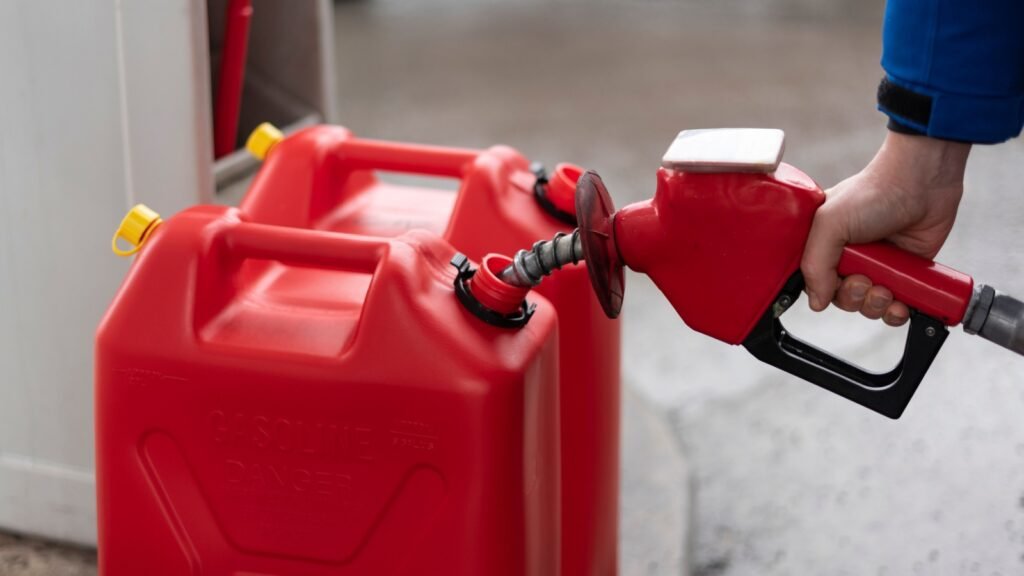
One thing people often overlook is the need to store extra fuel and water in their vehicle. In a true emergency, fuel stations and clean water sources may be scarce, so having extra containers for fuel and water storage can be a lifesaver. Look for vehicles that can handle the weight of these essentials and consider adding fuel and water storage tanks or containers to your setup.
8. Think About Maneuverability and Size
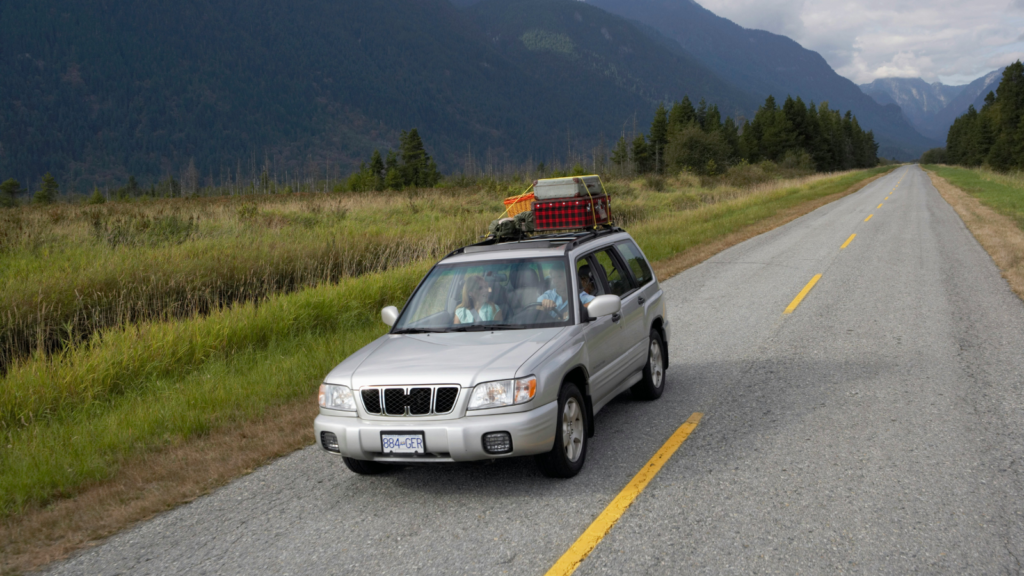
Bigger vehicles offer more space but can be harder to maneuver, especially on narrow or congested roads. Strike a balance between size and maneuverability based on your environment and needs. A mid-size SUV or a compact truck may be the ideal fit if you need a vehicle that can navigate tight spaces while still offering good storage capacity.
9. Add Emergency and Survival Gear Compatibility
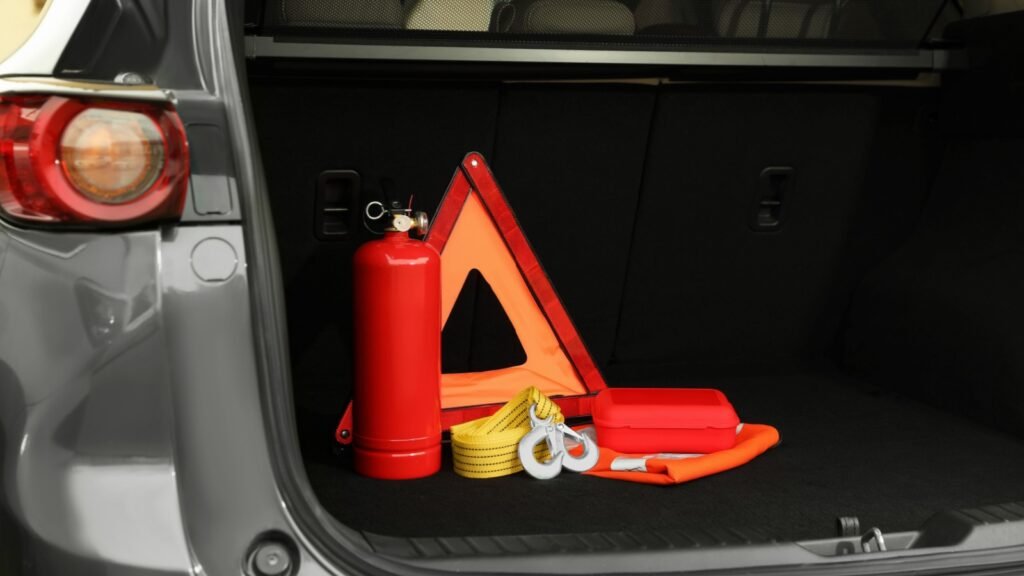
Your bugout vehicle is more than just a way to get from point A to point B; it’s also a mobile storage and survival station. Make sure there’s room for critical gear like first aid kits, fire extinguishers, and even a small camping stove. Some vehicles have built-in storage compartments, which can be useful for keeping this gear organized and easily accessible.
10. Test the Vehicle Under Stress
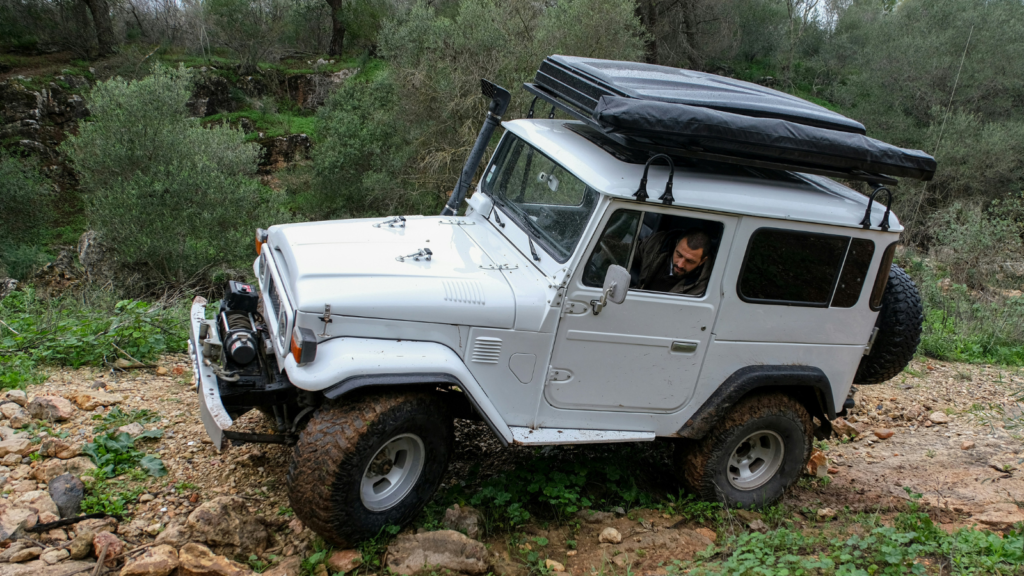
Before committing to a vehicle, test it under various conditions. Take it for a spin in different terrains, load it up with gear, and see how it handles when fully loaded. This testing phase will reveal potential weaknesses and let you get familiar with how the vehicle responds when under stress, which could be invaluable in an emergency.

